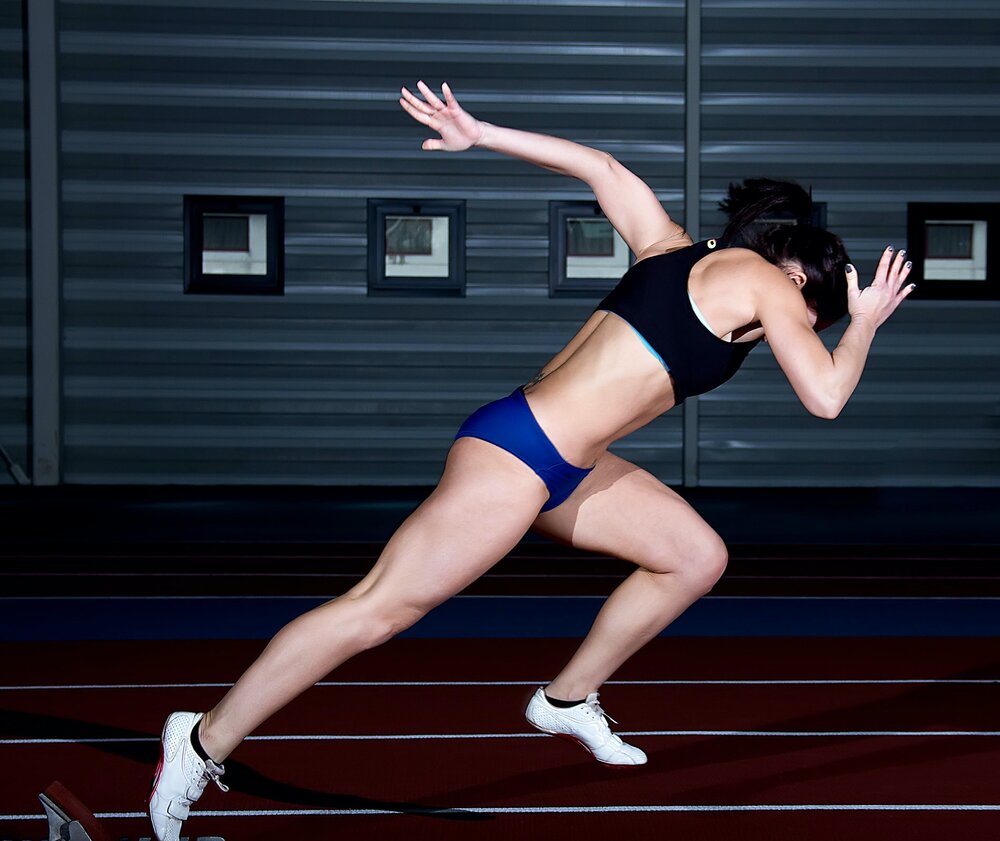
If you want to know how to activate Glute Max, a new study has confirmed a method that works.
The researchers produced changes in the excitability of the corticospinal system with an intense 6 days of isometric training in the position shown below.
Subjects held the position for one minute at a time for an hour per day (three 20 minute sessions) for six days. Ouch!
That’s a bunch of work, but effective in producing significant changes in a relatively short space of time.

Isometrics
If you’ve visited us before then you’ll know we use isometrics as a fundamental part of our training and rehab approach.
Isometrics are muscle contractions without movement of the joints. You may also see them called static contractions.
They produce outstanding results in reducing pain, improving mobility and increasing strength.
Once your ability to recruit the target muscle has been improved, we then progress to adding resistance and challenging the muscle in different ranges.
To use a home improvement analogy, we fix the wiring before installing the fancy lights.
This approach not only accelerates your results, but it saves hours of wasted time doing exercises that otherwise might have little effect.
It’s probably not just your glutes
It’s worth mentioning at this point the obsession with the glutes in both training and rehab circles may be a little misplaced.
Not everybody has weakness in this area. It’s just as possible you have weak hamstrings, quadriceps, or anything else for that matter.
The next time you perform an exercise think about what should be working and direct your attention to each muscle involved in the movement.
Just this alone can give important clues to which muscles are contributing and which are just along for the ride.
Go here for a post on the best exercise to activate Gluteus Medius.